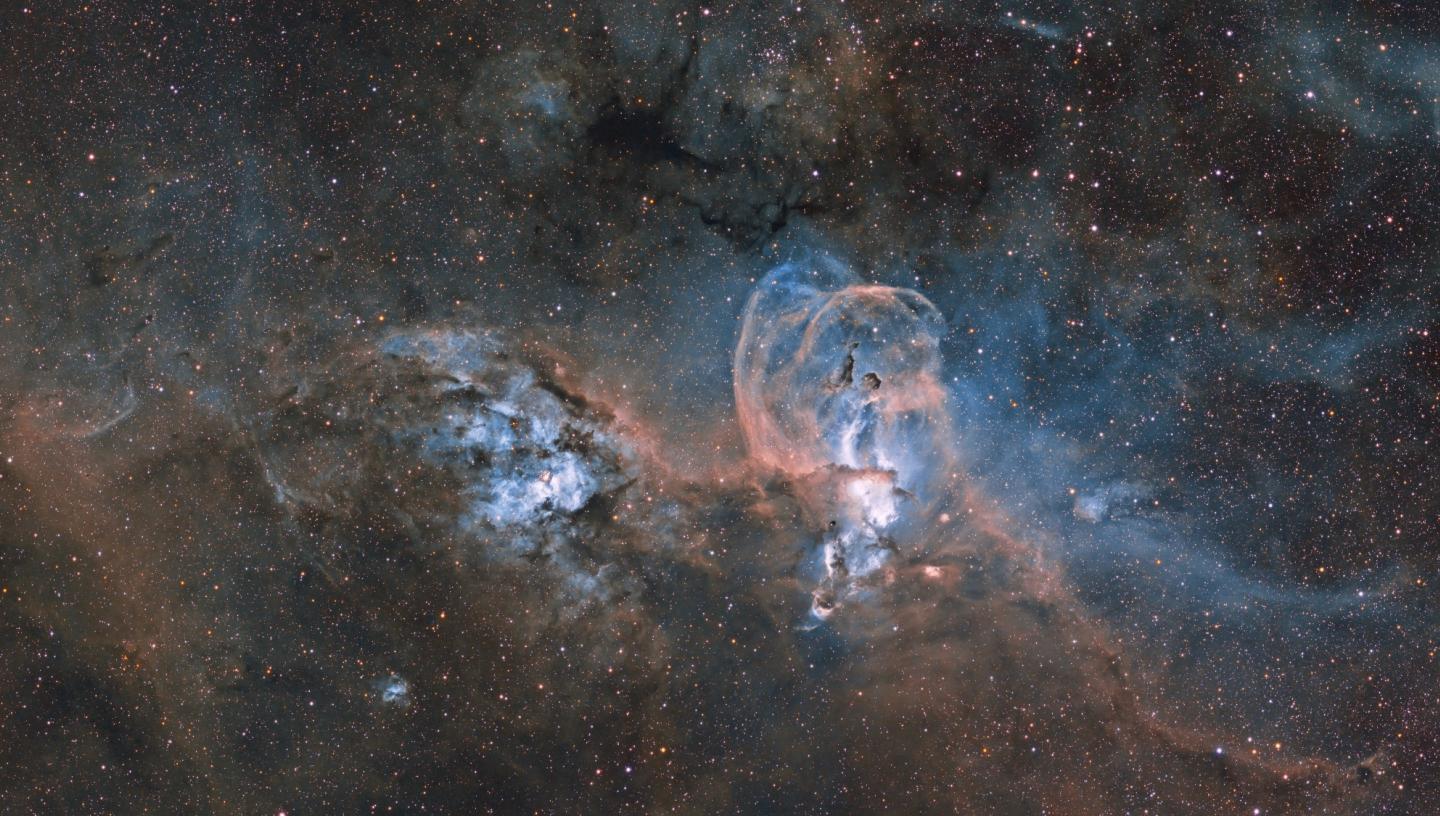
Discover what to see in the sky during April 2020, including the Lyrids meteor shower.
(Details given are for London and may vary for other parts of the UK)
Top 3 things to see in the night sky in April:
- Throughout the month: Venus dominates the night sky this month.
- 8 April: Tonight's full moon is the second and closest supermoon of the year.
- 21/22 April: Keep your eyes open - it is the peak of the Lyrids meteor shower.
Look Up! Podcast
Subscribe and listen to the Royal Observatory Greenwich's podcast - Look Up! As well as taking you through what to see in the night sky each month, Royal Observatory Greenwich astronomers pick a topic to talk about. For April, they're chatting about the different theories about how our Moon formed. Have a listen below, then cast your vote on our Twitter poll (@ROGAstronomers) during the first week of the month.
Our podcast is available on iTunes here
Astronomy in April 2020: key events and what to see
Throughout the month: Brilliant Venus
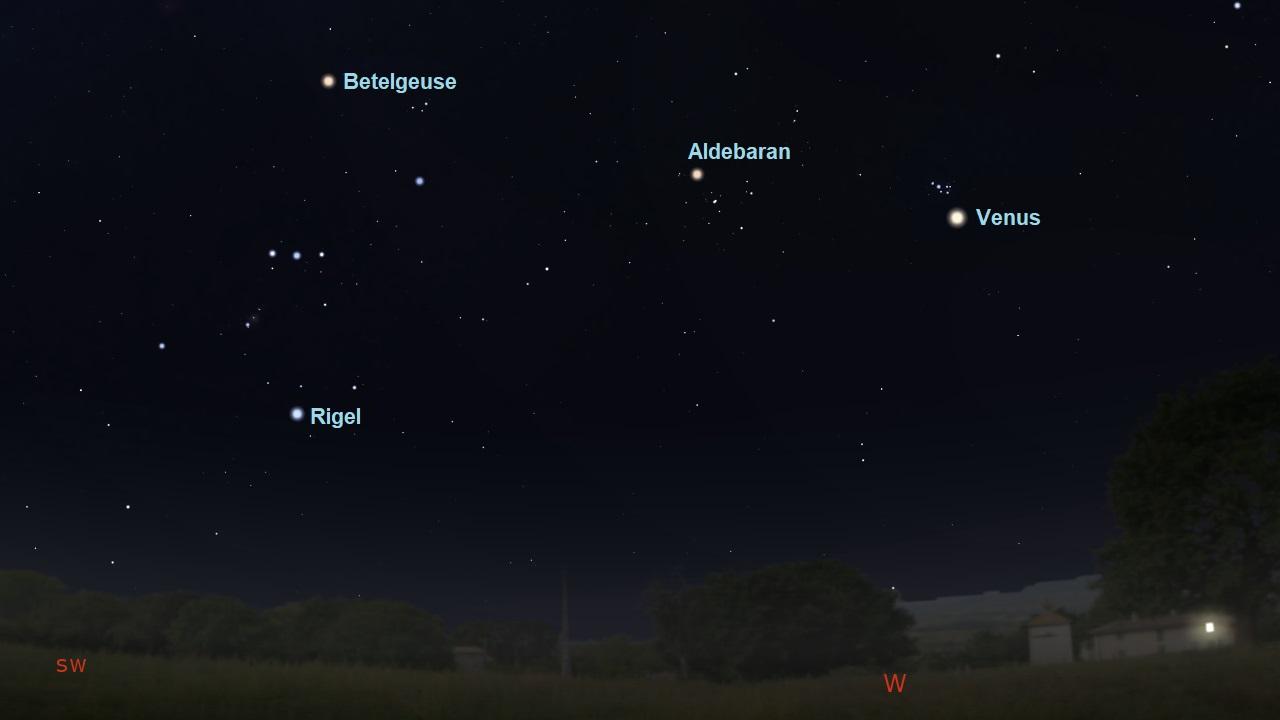
Venus dominates the western evening sky this month, shining brightly after sunset and setting just after midnight. Venus is known as the “Morning Star” when it is up in the sky before sunrise, and as the “Evening Star” when it is visible in the sky after sunset.
On the night of 3 April, the Pleaides star cluster will appear to have an extra cluster member – Venus will pass through the cluster on this night as it continues to make its way across the sky. Because Venus is an inner planet, as it orbits the Sun, Venus goes through phases just like our Moon does.
Galileo was the first person to observe the phases of Venus and it was these observations that provided the first conclusive observational proof that the Sun, and not the Earth, was at the centre of our Solar System. If you have a telescope, point it at Venus this month and see if you can spot what phase Venus is in.
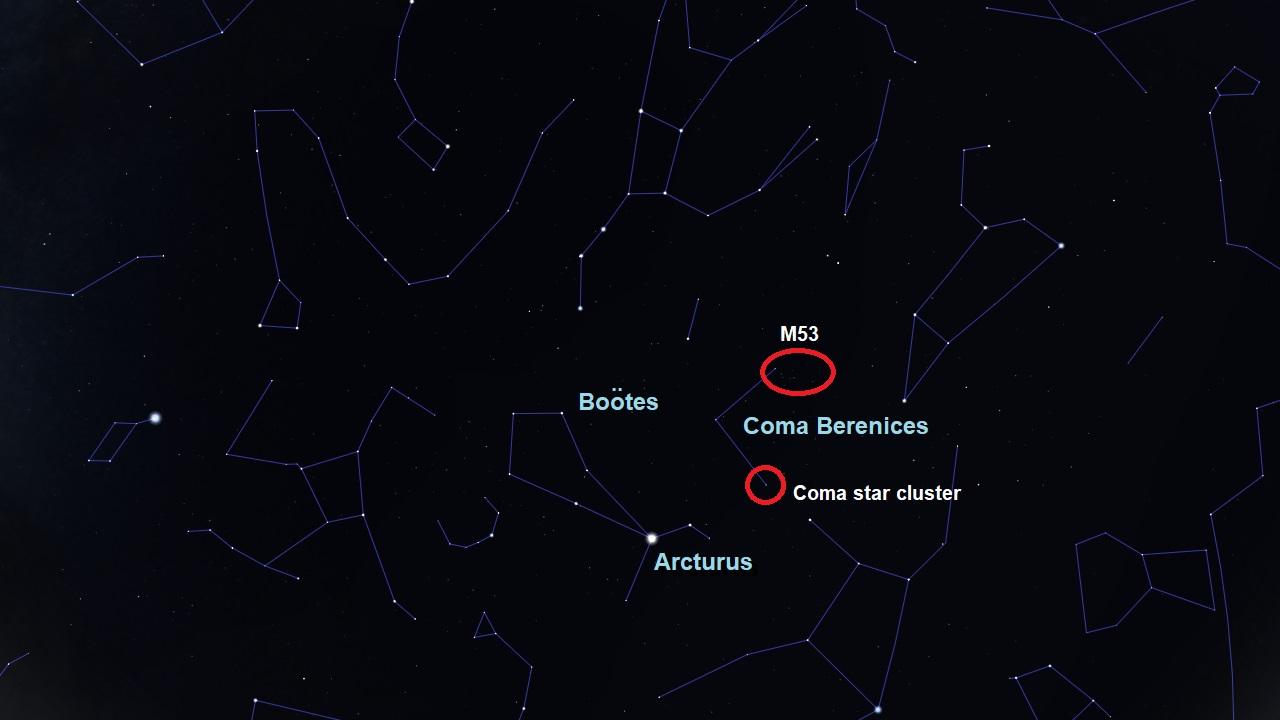
While the Plough, or the Big Dipper as it’s known in the US, is used by many to find the North Star Polaris, it can also be used to help you find the constellation Boötes. If you extend the curve of the handle of the Plough through the night sky, you will end up at a bright orange star. This is the star Arcturus, the fourth brightest star in the night sky, and the brightest star in Boötes.
Extending from Arcturus are five other stars that, together with Arcturus, form a distinctive kite shape in the night sky. Bordering Boötes is the constellation Coma Berenices and although the constellation is faint, it is worth finding because it contains several deep sky objects that are worth looking at including the Coma star cluster. This open cluster of stars is the perfect target for binoculars and contains around 45 stellar members.
M53, a globular star cluster, is best suited for telescope observations and will appear as a hazy patch with a slight oval shape in small telescopes while larger telescopes will reveal some of the cluster members.
8 April: The Super Pink Moon
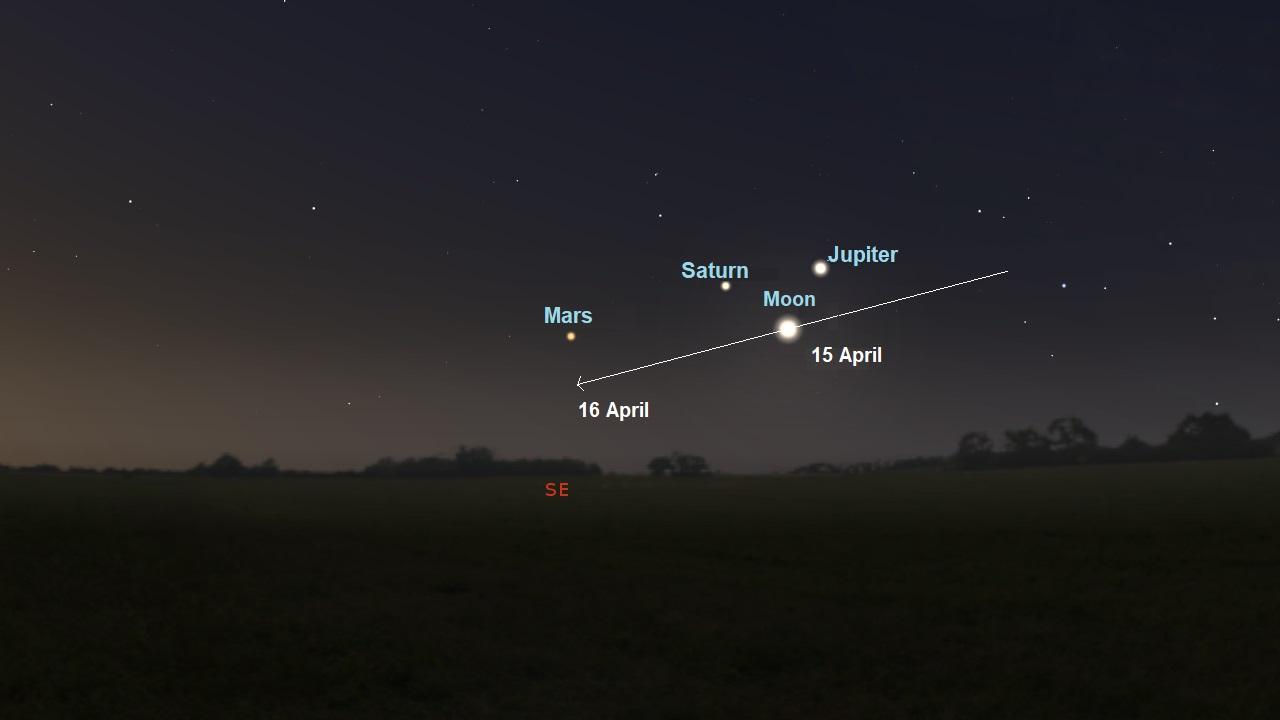
The moon begins the month in its first quarter phase with full moon occurring on 8 April. In many cultures around the world, names are given to the full moon of each month. Native American tribes called the April full moon the ‘Pink moon’ because of pink flowers, called wild ground phlox, which bloomed in early spring.
This month’s full moon will also be the second and closest supermoon of the year, so depending on which naming convention you prefer, you could call it the ‘Super Pink Moon’ or the ‘Pink Supermoon’. If you’re an early riser, you can use the moon to help you spot some planets. Before sunrise on the morning of 15 April, the waning crescent moon will pass beneath Saturn and Jupiter and on the morning of the 16th, it will pass beneath Mars.
For those wanting to see the breath-taking craters on the Moon but don’t want to get up early in the morning, the best time to view these features will be from a few days after new moon, which falls on 23 April 23, through to a few days after the moon reaches its first quarter phase on 30 April.
Find out when the next full moon is
21/22 April: The Lyrids meteor shower
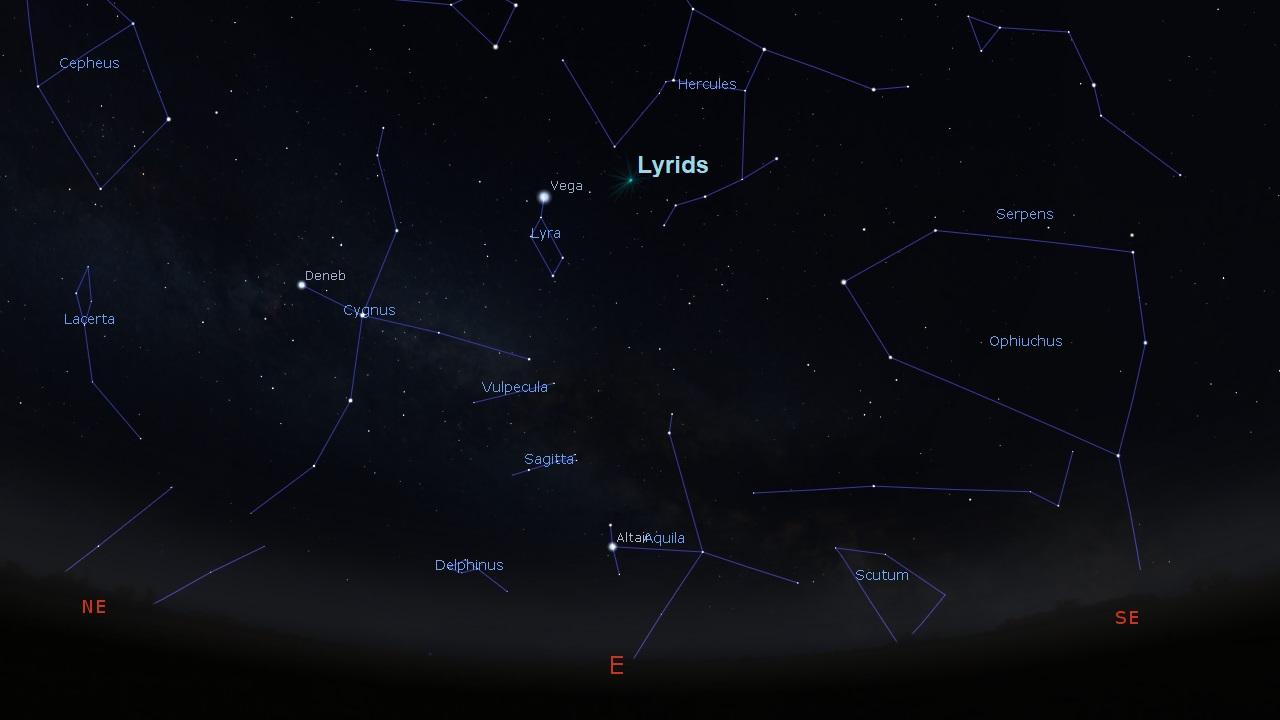
One of the oldest known meteor showers, the Lyrids meteor shower, will peak on the night of 21/22 April. With new moon occurring on 23 April, the conditions will be perfect to see some meteors. A meteor shower occurs when the Earth passes through a stream of debris left behind by a comet – in the case of the Lyrids, the debris comes from Comet Thatcher which last visited the inner solar system in 1861. The radiant of the meteor shower lies near the star Vega in the constellation Lyra and around 15 – 20 meteors are expected per hour.
To increase your chances of seeing some meteors, find a clear area with a low horizon and look away from the radiant on the sky as meteors will appear longer and more spectacular from this perspective. Even though it’s Spring, remember to wrap up warm if you’re going to spend some time outside scanning the skies for meteors.
The Moon's phases this month
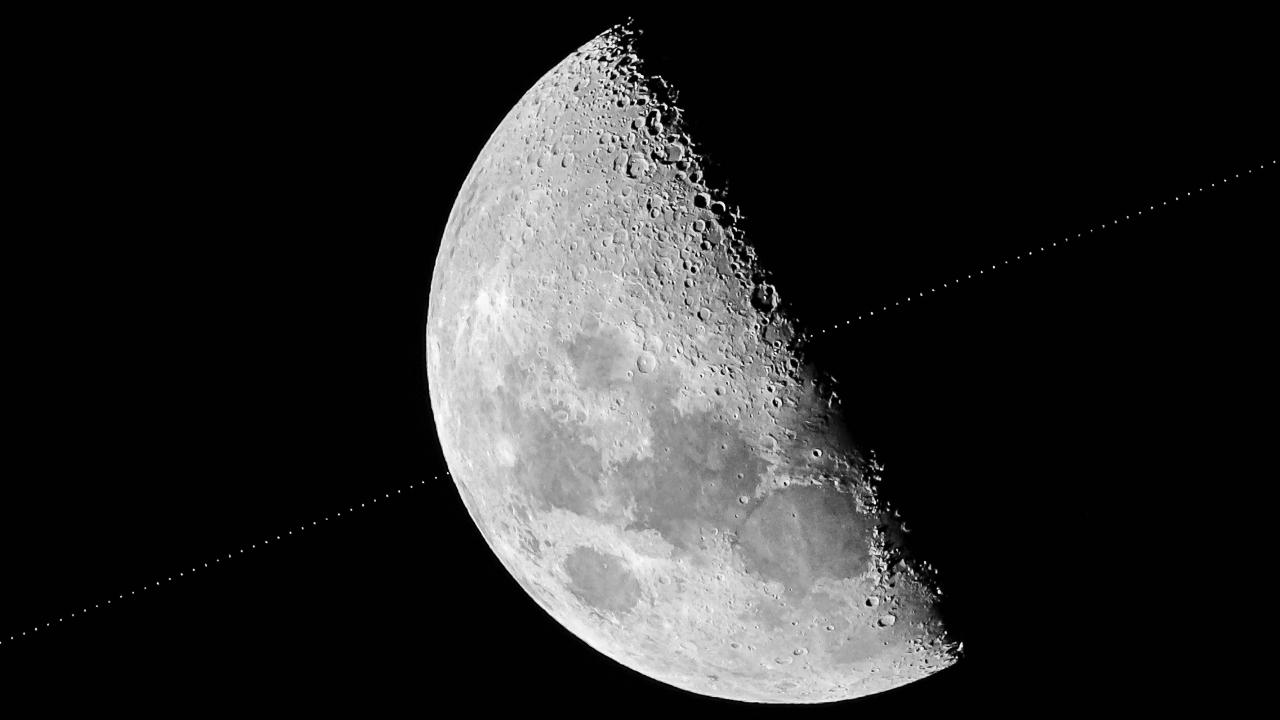
- 1 April: first quarter moon (11:21am)
- 8 April: full moon (03:35am)
- 14 April: last quarter moon (11:56pm)
- 23 April: new moon (03:26am)
- 30 April: first quarter moon (9:38pm)
Stargazing Tips
-
When looking at faint objects such as stars, nebulae, the Milky Way and other galaxies it is important to allow your eyes to adapt to the dark – so that you can achieve better night vision.
-
Allow 15 minutes for your eyes to become sensitive in the dark and remember not to look at your mobile phone or any other bright device when stargazing.
-
If you’re using a star app on your phone then switch on the red night vision mode.
-
Need a stargazing telescope or binoculars? Check out our range of high quality observing equipment recommended by Royal Observatory Greenwich astronomers
Share your astronomy pictures
This month's banner image is one of the winning images, 'Statue of Liberty Nebula © Ignacio Diaz Bobillo', of the Insight Investment Astronomy Photographer of the Year competition. Would you like the chance to have your image of the night sky used for our banner image?
If so, share your photos via our Royal Observatory Astrophotography Facebook group.
You can also connect with us on Twitter: @ROGAstronomers
Observatory Online

The museum may be closed but our Royal Observatory Greenwich astronomers are still hard at work. In our new Observatory Online sessions, we will answer your questions about Astronomy. Simply tweet your question to our twitter account, @ROGAstronomers, and we will do our best to answer them. Be sure to add #ObservatoryOnline, #Museumfromhome and #sciencefromhome to your tweet!
Resources for teachers and students

The Royal Observatory Greenwich's learning team has also created
- Free animated videos that answer the biggest questions in astronomy and free resources to go alongside them.
- A whole host of podcasts featuring interviews with real space scientists, astronauts and active researchers working in UK universities.
- A 'Learning at Home' hub which contains a suite of resources for you to use at home and it even has an 'Ask the Astronomer' facility.